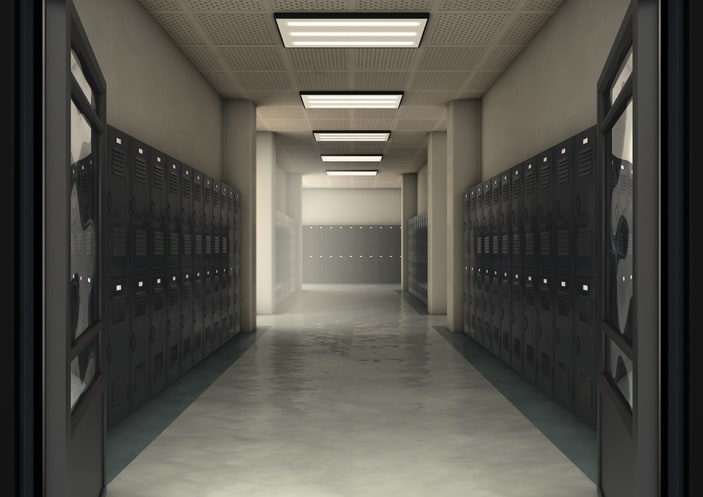
The American Federation of Teachers, the 1.7-million member teachers union has released a plan for how and when schools should safely reopen.
The 20-page document, which union president Randi Weingarten said would evolve as the status of the COVID-19 pandemic evolves, includes five major recommendations:
- Maintaining physical distancing until the number of new cases declines for at least 14 consecutive days. Reducing the number of new cases is a prerequisite for transitioning to reopening plans on a community-by-community basis.
- Putting in place the infrastructure and resources to test, trace and isolate new cases. Transitioning from community-focused physical distancing and stay-in-place orders to case-specific interventions requires ramping up the capacity to test, trace and isolate each and every new case.
- Deploying the public health tools that prevent the virus’ spread and aligning them with education strategies that meet the needs of students.
- Involving workers, unions, parents and communities in all planning. Each workplace and community faces unique challenges related to COVID-19. To ensure that reopening plans address those challenges, broad worker and community involvement is necessary. They must be engaged, educated and empowered.
- Investing in recovery: Do not abandon America’s communities or forfeit America’s future. These interventions will require more—not less—investments in public health and in our schools, universities, hospitals, and local and state governments. Strengthening communities should be a priority in the recovery.
The plan also involves more detail suggestions including:
- Smaller class sizes. One of the most important measures districts can take is to reduce class sizes. Class sizes of 25 or more students in a small classroom pose obvious risks to student health and safety. Class sizes of 12-15 students will, in most circumstances, make it possible to maintain physical distancing protocols.
- Split scheduling. Alternating days of the week or times of the day may offer schools a way of limiting the number of students physically present in the building at any given time. Knowing that split scheduling may cause disruption for parents and guardians, schools should consider putting in place after-school care with safety protocols for students and families most in need.
- Monitoring access to school facilities. Schools should closely monitor access to school facilities and limit the number of visitors granted access to school facilities.
- Transportation. Districts should consider modifying transportation to provide staggered arrival times and multiple arrival locations to limit large gatherings of students.
- Staggered lunch and meal times. Meals should be staggered throughout the day, and schools should consider having students eat in classrooms with appropriate protocols to keep the classroom clean.
- Special student populations. Additional considerations and planning will be needed for students with disabilities, underlying health conditions, asthma or respiratory illness, and special education requirements.
- Training for staff, students and parents. Districts should consider providing up-to-date education and training on COVID-19 risk factors and protective behaviors.
- Alternative plans for after-school programs, sports, recreation and physical fitness. These activities may need to be adjusted using the above protocols.
- Space and time considerations. This includes the need for portable classrooms or additional space if schools are overcrowded.ρAdditional supports. This includes professional development, small-group instruction, and all the other social-emotional and academic programmatic supports necessary during this transition.





